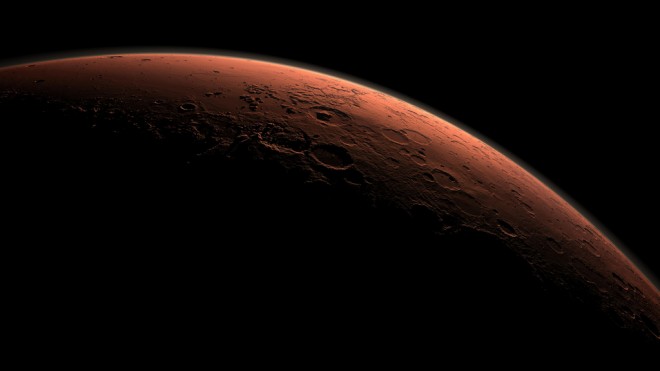
An image of the anisotropies of the Cosmic microwave background (CMB) as observed by Planck is seen in this handout released March 21, 2013 by the European Space Agency. REUTERS/ESA-Planck Collaboration/Handout
Closer scrutiny of radiation left over from the creation of the universe shows the Big Bang took place about 13.8 billion years ago, 100 million years earlier than previous estimates, scientists said on Thursday.
The findings are among the first results from analysis of data collected by the European Space Agency’s Planck spacecraft, which is providing the most detailed look to date at the remnant microwave radiation that permeates the universe.
This relic radiation was first detected in 1964 and later mapped by two NASA spacecraft – COBE, launched in 1989, and WMAP, which followed two years later. With even greater sensitivity, Planck has picked out details of tiny temperature variations in the so-called cosmic microwave background.
The fluctuations, which differ by only about 100-millionths of a degree, correspond to slightly more dense regions of space, places that later gave rise to the stars and galaxies that fill the universe.
“It’s as if we’ve gone from a standard television to a high-definition television. New and important details have become crystal clear,” Paul Hertz, NASA’s director of astrophysics, told reporters on a conference call.
Overall, the new data fits well with existing models of how the universe evolved, but it presents some new puzzles as well.
“The variations from place to place in the map that Planck has made tell us new things about what happened just 10 nano-nano-nano-nano seconds after the Big Bang when the universe expanded by 100 trillion, trillion times,” said Charles Lawrence, Planck project scientist with NASA’s Jet Propulsion Laboratory in Pasadena, Calif.
“We can see the subtle effects of gravitational pulls from literally everything in the universe.”
Compared to the previous best measurements, the universe is a little older and, surprisingly, is expanding a little more slowly than currently accepted standards.
Plank’s data also shows that ordinary matter – the stuff that makes up stars, galaxies, planets and everything visible – accounts for a relatively tiny 4.9 percent of the universe.
Dark matter, which does not interact with light but can be detected by its gravitational pull, comprises 26.8 percent of the universe, nearly one-fifth more than previous estimates.
The rest of the universe is dark energy, a mysterious and recently discovered force that defies gravity and is responsible for speeding up the universe’s rate of expansion. New results from Planck show dark energy accounting for 69 percent of the universe, slightly less than previously estimated.
The research is the fruit of Planck’s first 15 months on orbit. Additional information, including details of how the universe’s early light was polarized, are expected next year.
Source : Reuters




































